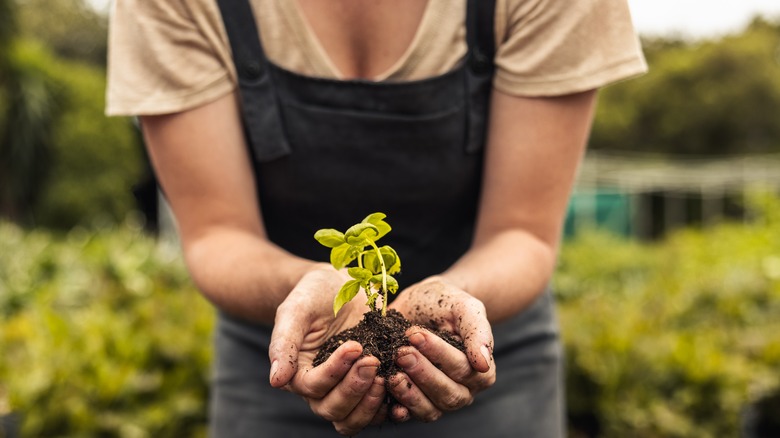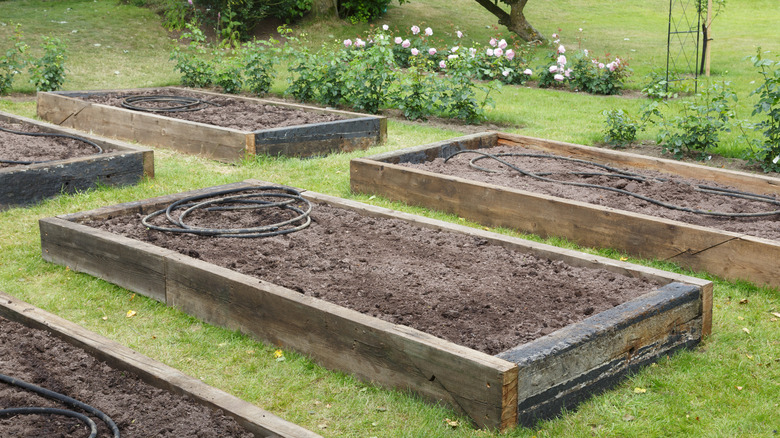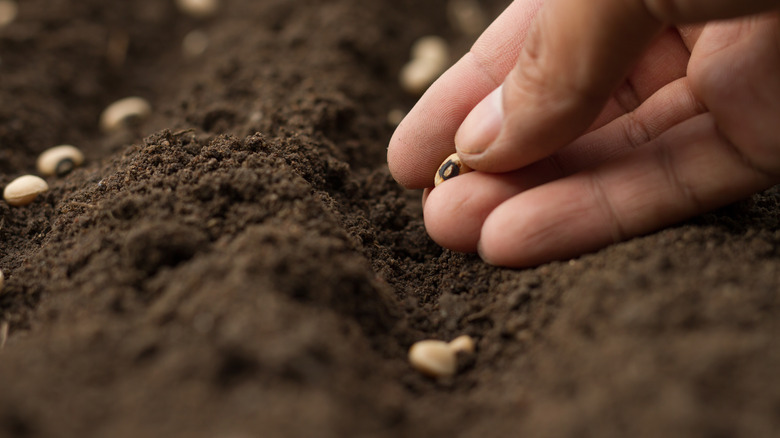Get Your Garden Ready For Spring With These National Gardening Day Activities
Spring is a time of rejuvenation. Spending time outdoors basking in the sun becomes a priority, especially after a long winter. April 14th is National Gardening Day, and it's the perfect time to jump into some spring activities to support the growth of your garden this year.
Founded in 2013 by the Garden Writers Association, this day dedicated to gardening is not just a warning that it's time to plant some seeds but also a celebration demonstrating the value that gardening brings to the environment and a person's quality of life. Gardening is good for the planet, helps you to enjoy foods you cultivate in your diet, ensures a good source of nutrition, and improves mental health.
There are numerous ways to celebrate this day, and it all means getting outside to move some dirt around. For those ready to add a few raised gardening beds, the process starts with planning. For instance, it's vital to determine the sun's location in relation to your gardening area before planting your first seed. For the ideal environment, you'll want the area to have at least 7 to 10 hours of direct sunlight daily. Overhanging trees and tall buildings will limit your success.
Prep your soil
After locating the perfect spot for your garden, determine if the soil in that location will need amending. You can use a soil test from a local gardening store to help you decide if that's the case. Or, consider purchasing a pre-mixed variety for vegetable or flower gardening. You'll also need to level it off to create good drainage. That means the soil should be loose enough to allow water to penetrate its surface but allow for excess to run off, which prevents flooding. The location should enhance this ability, allowing you to create the ideal environment for success.
Also, when planning your spring garden, have a good idea of what plants you hope to grow. For example, vegetables need ample room to spread out, but growing tomatoes requires having several feet dedicated to a plant, while peppers typically require about a foot. You'll also want to create a diagram of where you'll position each item so one isn't blocking the other's sunlight as they grow.
Picking your plants
Although April 14th may be too early to plant in some colder climates, it's still the perfect day to pick what you'll grow. Start with deciding whether to grow organic or non-organic plants, which is especially important for food production. If you want to create an organic garden, you must ensure you don't use non-organic fertilizers or chemicals in the soil preparation.
For those planning to grow from seed, it may be necessary to start those plants indoors as early as possible to give them the best chance for survival. However, this is dependent on the type of plant and the environment itself; a local nursery can offer guidance. If you plan to buy pre-started plants, look for a local supplier you trust and scope out the options. Learn as much as possible about the varieties likely to thrive in your garden. Then, consider what you want from each plant. For those who desire a meaty tomato, for example, Romas are great. If you want big slices for burgers all summer, consider beefsteaks. Also, consider which pepper, squash, and other vegetable cultivars are well-suited to your taste buds and garden.


